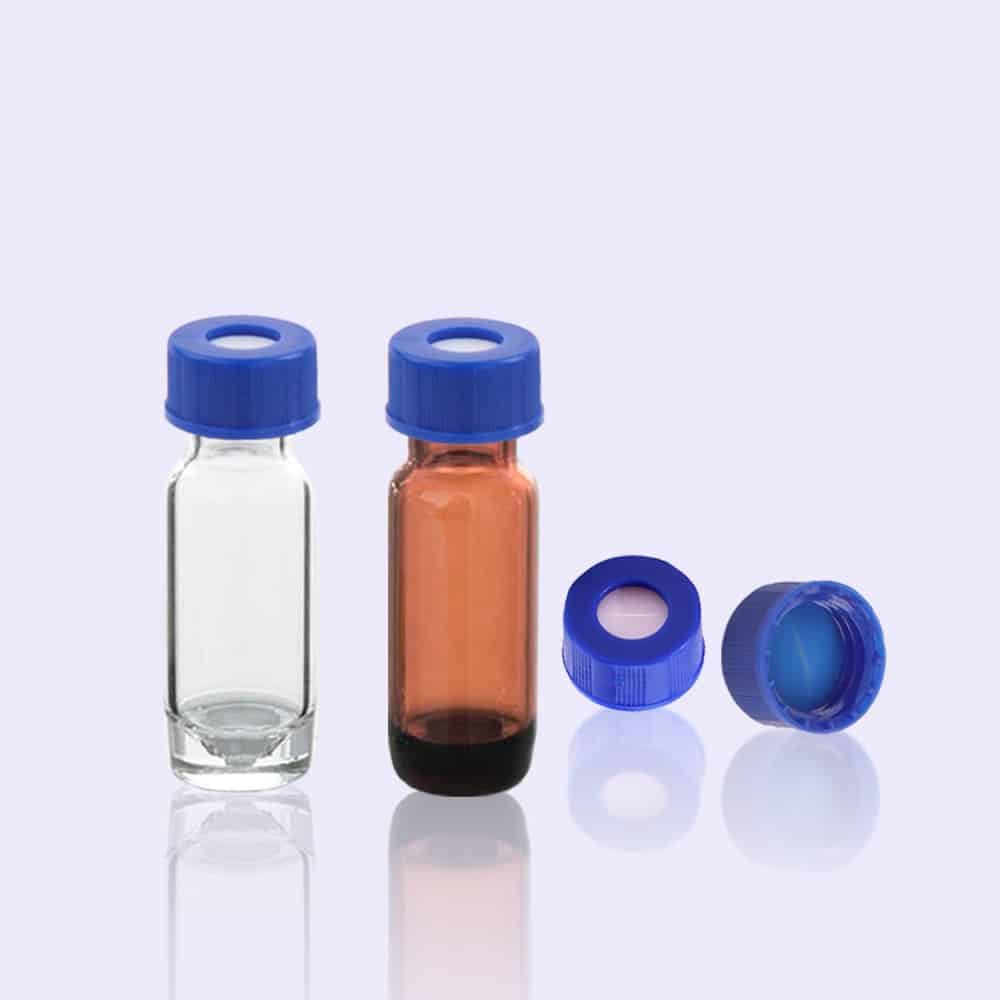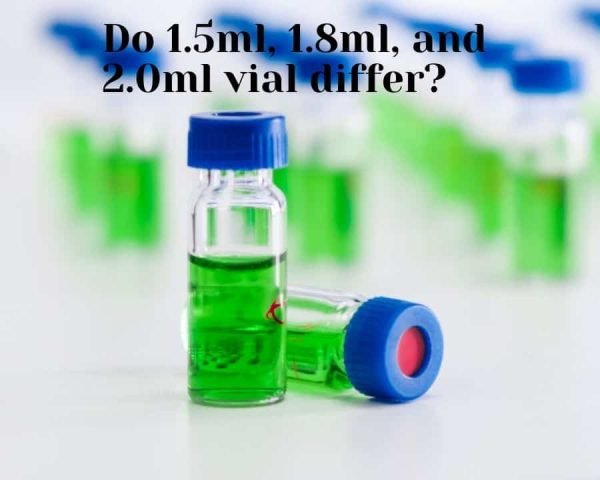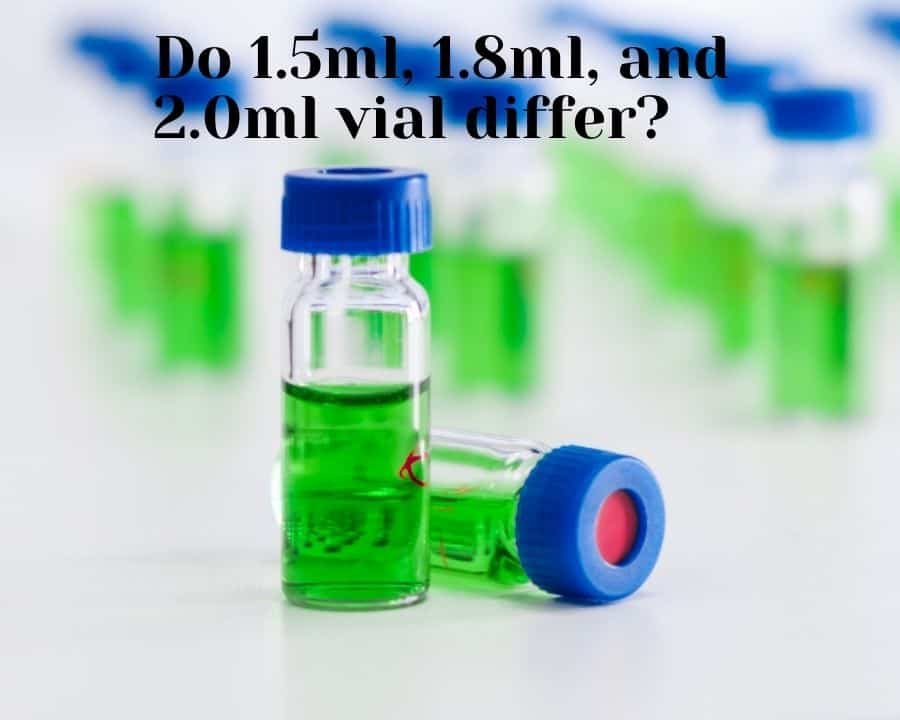Interestingly, when we have the HPLC vial for the chromatography test, we might be curious to know what makes the difference between 1.5ml, 1.8ml, and 2.0ml (e.g., 2ml ND9 Vial)?
There is definitely no difference in the answer. Except for insert vials (plastic or glass) and recovery vials. Commonly, when people speak of 2.0ml, it is a full volume. So it is important to hold at least 200 ul of space at the top of the solution for airspace, otherwise it might cause the solution to leak.
Glass insert vial
The glass insert vial is welded with glass insert (conical insert, 250ul). The insert is fixed and allows for the injection of solutions more conveniently. It is also possible to buy inserts alone, i.e., to manually insert them into vials.
Plastic insert vial
This plastic insert vial (250ul) is made up of Polypropylene (PP), a non-reactive plastic that can be used to replace glass where it is not suitable. Due to the one-piece molding, it cannot be separated.
Recovery vial
On the bottom of the recovery vial, we can see a curve. This vial has a maximum volume of 1.5 mL and a minimum of 22 um residual volume.

recovery vial with nd9 neck 
2ml nd9 insert vial
Conclusion
In this article, we have learned what is the actual difference of 1.5ml, 1.8ml, and 2.0ml. We have also learned about other vials that people might be unaware of.
Normally, HPLC vials are manufactured to industry standards, which are 11.6mm OR 12mm (OD), 32mm (HEIGHT).
For more information about our articles if you are interested in learning more, please click here to read on.












